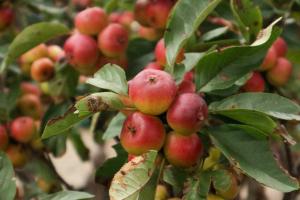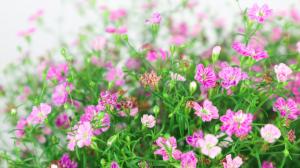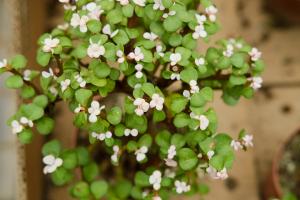1、 Curing method
1. Temperature: elderberry is not particularly demanding. Generally speaking, it is OK to keep it at 15 to 30 degrees. In addition, its cold resistance is also good. Generally speaking, it is not necessary to prevent cold unless it is in a very cold area
2. Light: elderberry is a kind of light loving variety. It can tolerate half shade slightly, but it can't be completely dark. Therefore, in order to ensure its normal growth during its growth, it needs to be placed in an environment with sufficient sunshine. In addition to direct light, it should receive as much light as possible at other times

3. Watering: elderberry is generally wet, but it is also afraid of waterlogging. Therefore, there should be sufficient water in the growing season and flowering season to keep the substrate in a semi wet state and replenish it in time after drying. Moreover, in winter, you can't do it completely, but the amount must not be too much
4. Fertilization: elderberry doesn't need much fertilizer. As long as there are more nutrients in the soil, it doesn't need too much topdressing at ordinary times, but once a month or once every two months

2、 Breeding skills
1. Propagation: it can be propagated by cutting. Choose branches with a length of 20 to 25 cm and good growth, and pay attention to at least three nodes on them. Trim its leaves and bottom. When planting, the row spacing can be about 26 cm, and the depth is between 16 and 20 cm. After planting, we should pay attention to shading and other work
2. Pruning: pruning its branches and leaves is very important. Once dry and yellow branches and leaves are found, they need to be pruned in time. In addition to pruning, attention should also be paid to weeding. When the seedlings grow to 13-17 cm, they need to be weeded once, and then twice a year

3、 Diagnosis and treatment problems
1. Disease: if too much watering leads to ponding, the disease will be called "root rot", that is, it will lead to root rot. it is best to take off the pot and cut off the rotten roots. In addition, carbendazim or chlorothalonil must be used for control
2. Pests: usually, there are not too many pests. After emergence, various pesticides can be used to control them

4、 Other issues
1. Toxicity: the whole plant is toxic
2. Whether it can be raised at home: generally, it will not do so, because its main value is not ornamental value, and it is also toxic

 jackfruit
jackfruit snake plant
snake plant hibiscus
hibiscus hydrangea
hydrangea lavender
lavender Green roses climb al...
Green roses climb al... If you don't pay att...
If you don't pay att... Management of four g...
Management of four g...



































